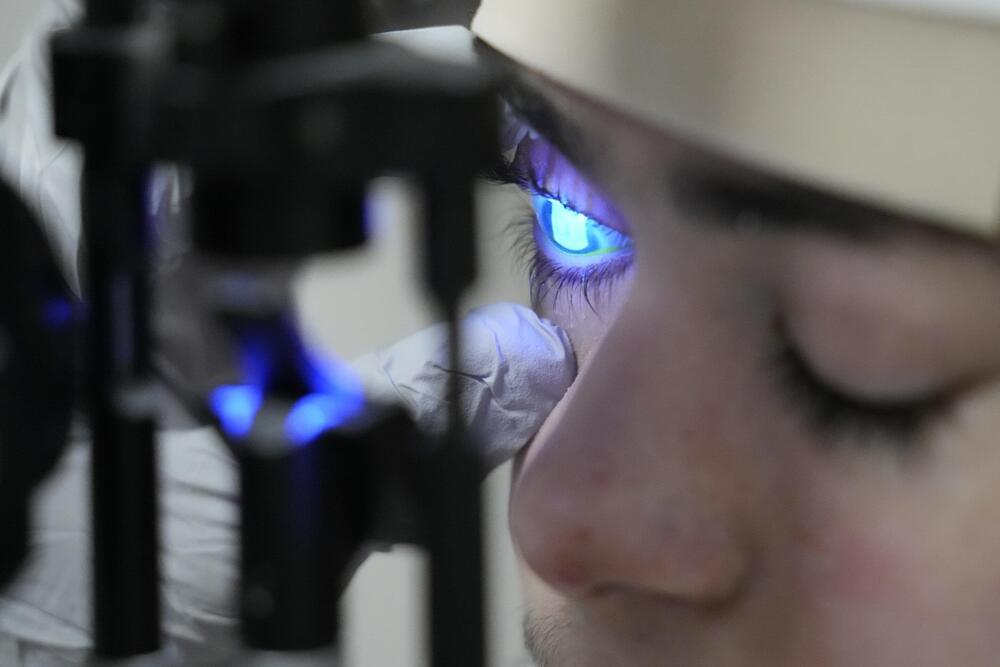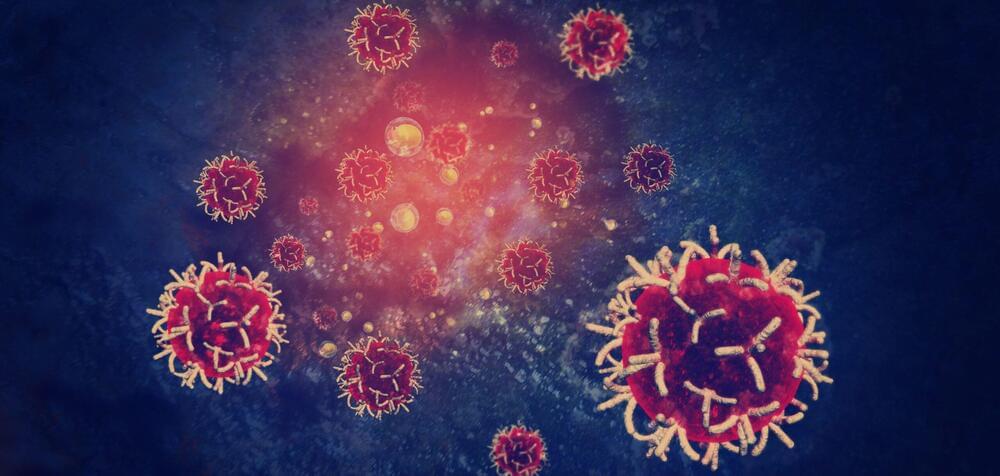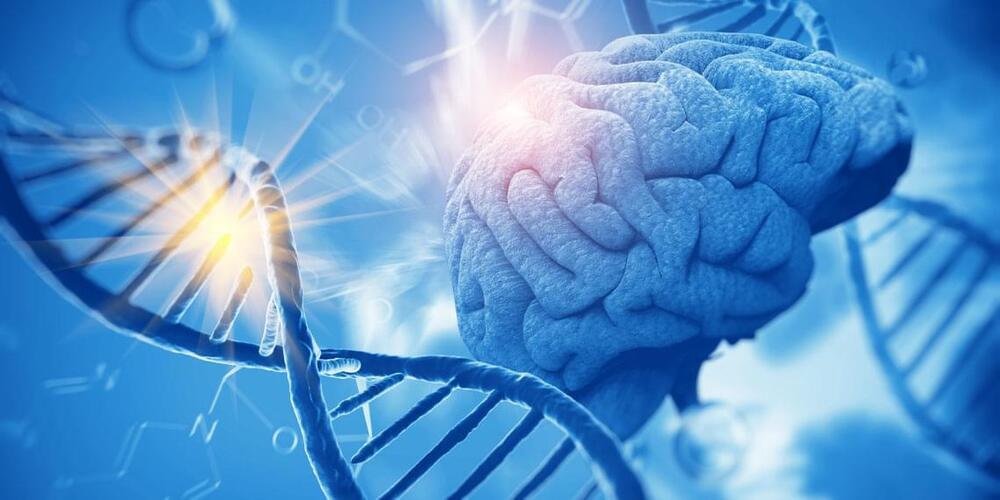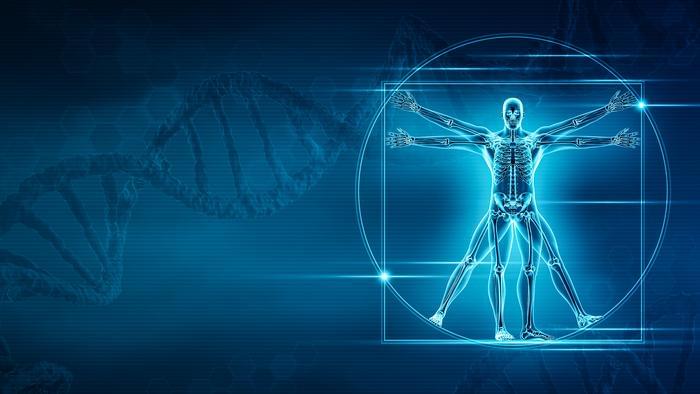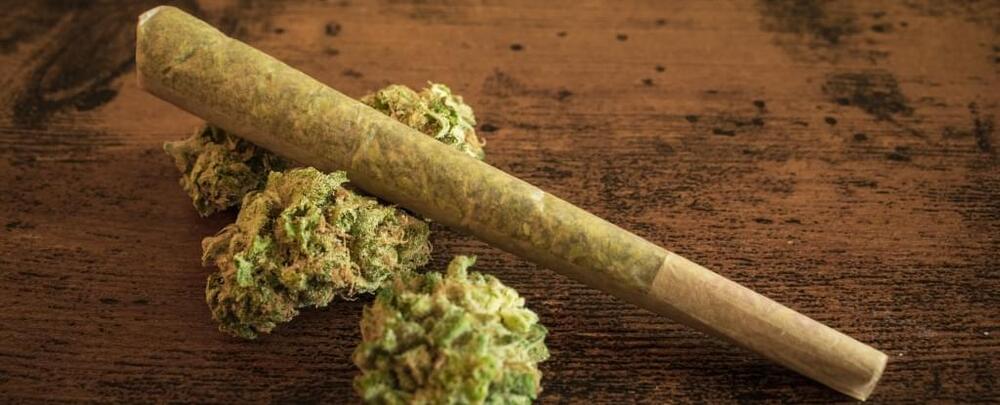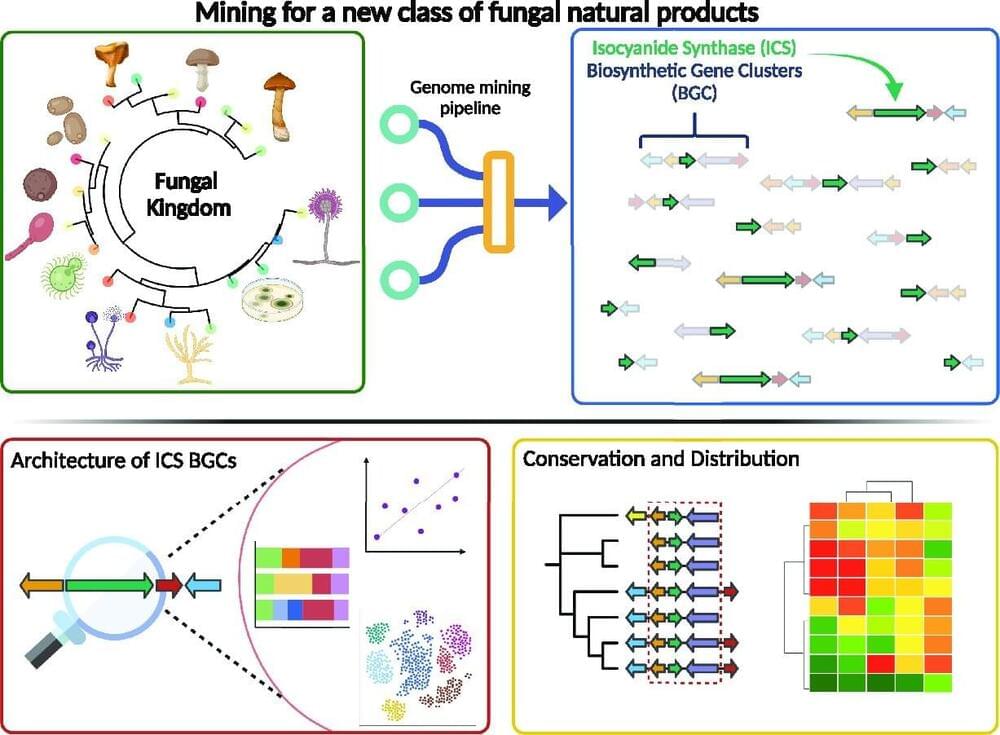Dr. Alfonso Sabater pulled up two photos of Antonio Vento Carvajal’s eyes. One showed cloudy scars covering both eyeballs. The other, taken after months of gene therapy given through eyedrops, revealed no scarring on either eye.
Antonio, who’s been legally blind for much of his 14 years, can see again.
The teen was born with dystrophic epidermolysis bullosa, a rare genetic condition that causes blisters all over his body and in his eyes. But his skin improved when he joined a clinical trial to test the world’s first topical gene therapy. That gave Sabater an idea: What if it could be adapted for Antonio’s eyes?
